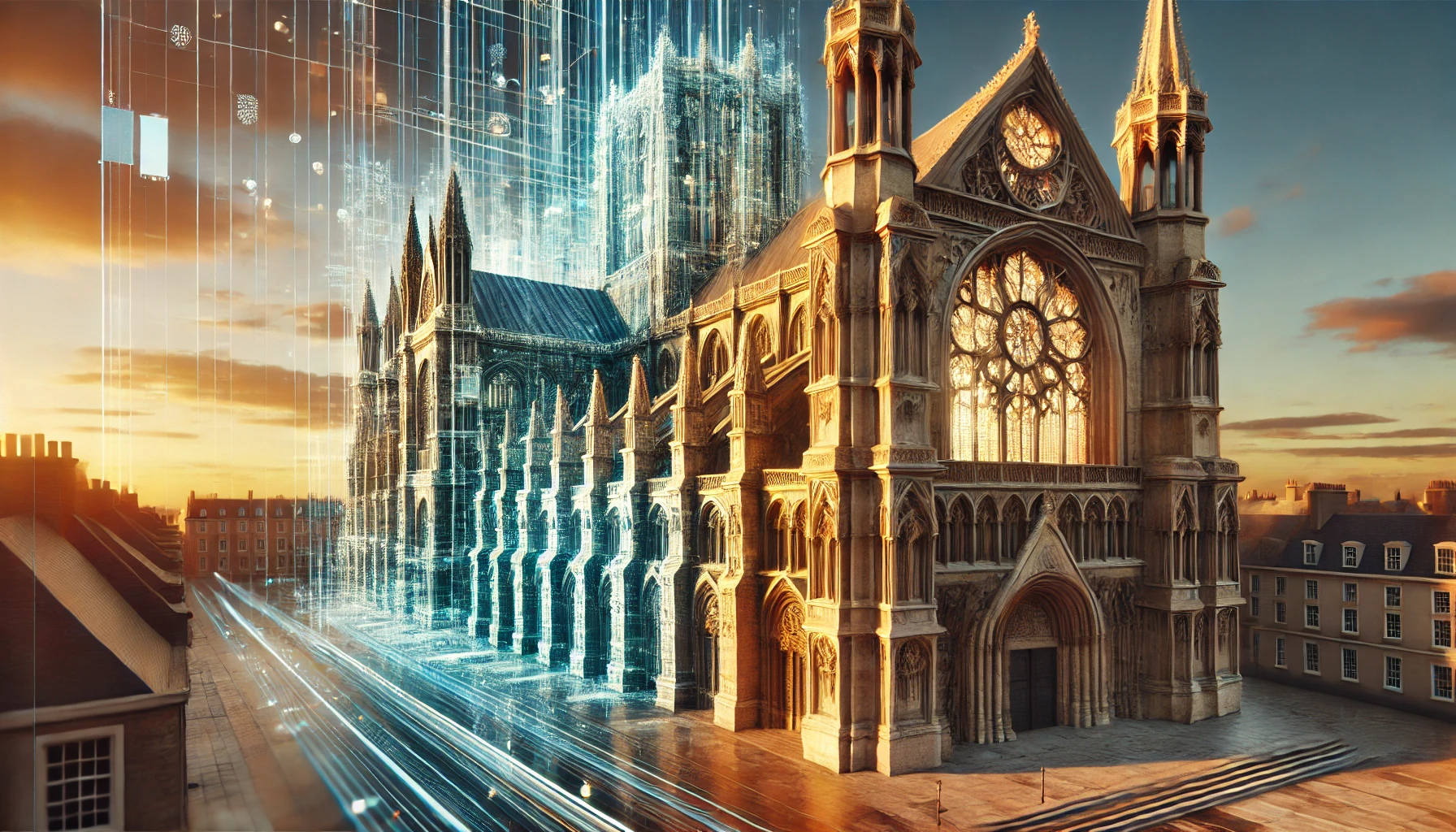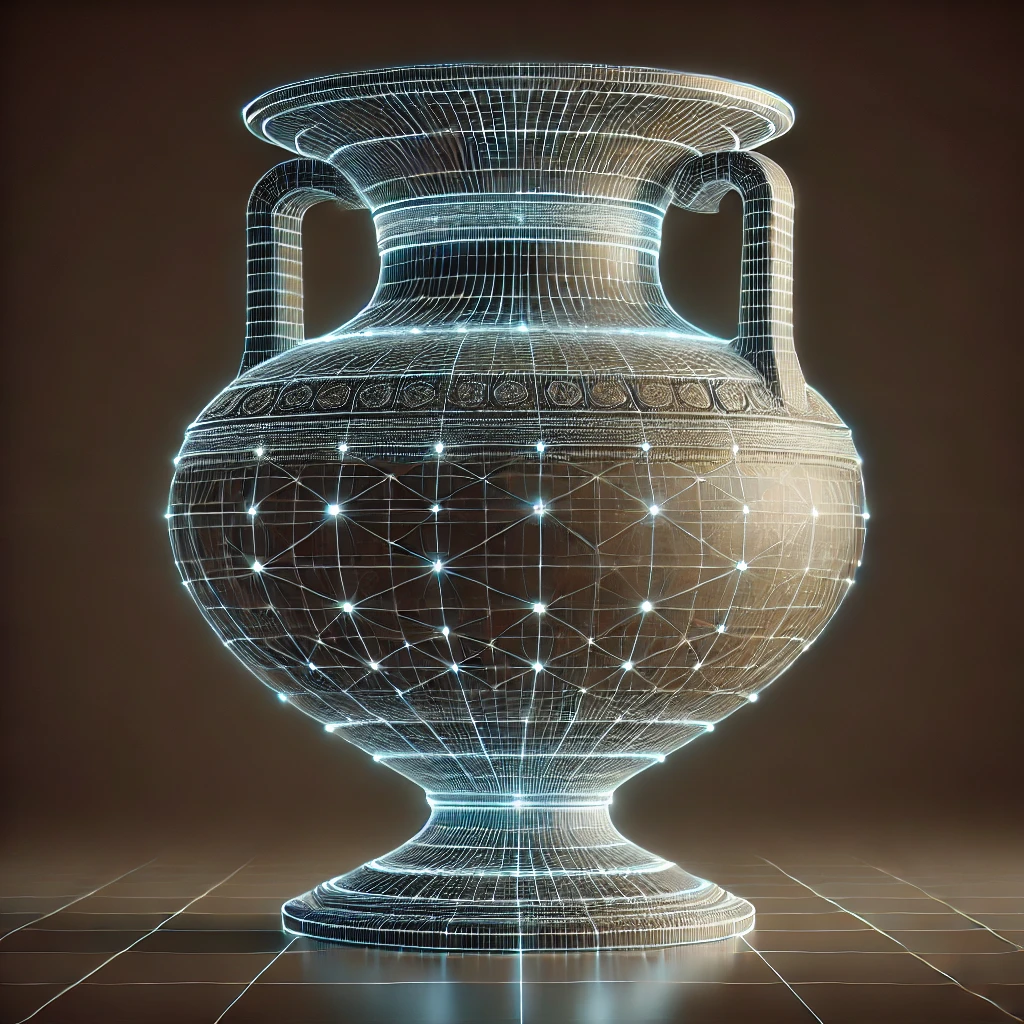ARTEMIS
The Importance of Being a Digital Twin

The study of cultural heritage has for some time now systematically utilized information technologies and sophisticated tools for the digitization of documentation, resulting in a constant increase in digital cultural information, which is however, accompanied by increasing difficulties in its management. The vast amount of data generated through new technologies, the different types and formats adopted, require efficient management of this complexity.
The concept of a digital twin
Capable of providing detailed and interactive virtual representations of physical objects, processes, and complex real-world systems, is not new. It originated in the industrial sector to meet the needs related to production efficiency through the simulation of production scenarios, performance optimization, product innovation, and predictive maintenance. The scope of its applications extends to environmental engineering, urban planning, smart cities, and the study of meteorological and environmental systems.
The definition of a digital twin
varies depending on the purposes and contexts in which it is employed. Generally, it can be described as consisting of the physical twin, the real-world entity—in our case, the documented asset; the digital twin, the digital representation of the physical twin, capable of reproducing/reflecting its relevant characteristics for the intended use—in our case, the digital documentation; and the linking mechanism, which regularly updates the correspondence between the two twins.

To apply these concepts
to cultural heritage, before formulating a scheme for their digital representation, it is necessary to define the information that characterizes cultural objects. This includes not only their external and material aspects but also the intangible aspects that define the cultural object. The intended applications may also require the inclusion of additional information, such as data from scientific investigations of a chemical or physical nature if the digital twin is to be used in conservation and restoration. The same applies to the characterization of the physical appearance and form of the cultural asset through visual digital documentation, such as photographs, 3D models, videos, and more. This set of data constitutes the digital twin of the cultural asset, also known by the acronym HDT (Heritage Digital Twin), with data organized according to international documentation standards.
A further development of the digital twin is the reactive digital twin
RHDT (Reactive Heritage Digital Twin), which adds sensors to the content of the digital twin HDT. These sensors interact with the environment and the cultural object, detecting physical quantities such as humidity, temperature, movement, and more. They enable continuous exchange between the real and virtual environments, potentially activating actions in the real world through actuators. A simple example is fire protection systems, where a sensor detects physical parameters (temperature, presence of smoke, etc.) and, if necessary according to predefined rules, activates certain reactions, such as the fire protection system or an alarm to the fire department.
The digital twin is, therefore, a fundamental support to documentation because it allows the use of advanced data management and search systems, linking them together. The development mentioned above enables the digital documentation of movable, immovable, and intangible objects, encompassing both their material and immaterial components. It organizes the resulting data using advanced and efficient computer technologies, even retrieving pre-existing information sources through the use of international standards.
ARTEMIS is a project funded by the European Union under Grant Agreement n.101188009. Views and opinions expressed are however those of the author(s) only and do not necessarily reflect those of the European Union. Neither the European Union nor the granting authority can be held responsible for them.
© 2025 Prisma-Cultura


